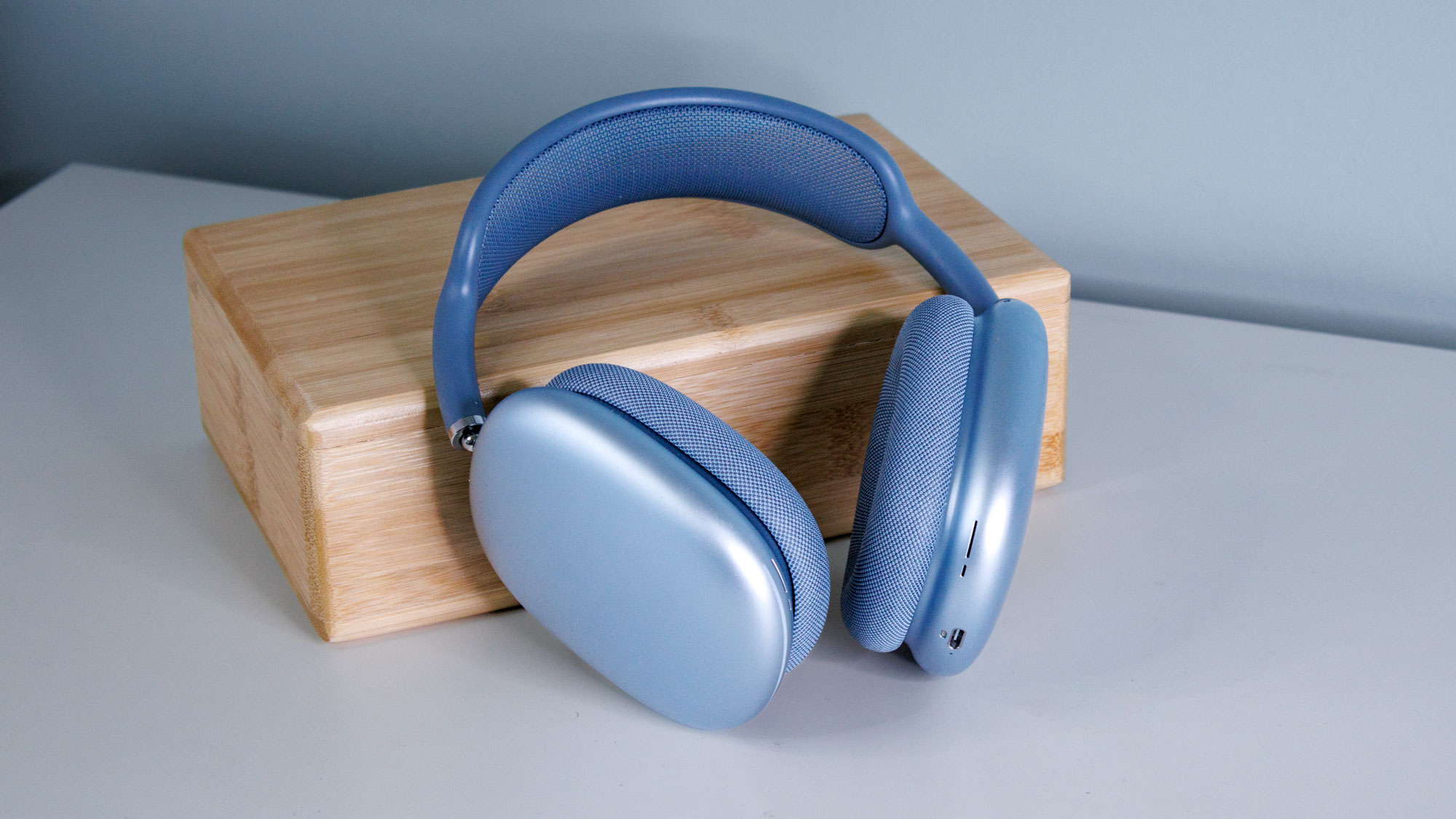Apple’s annual September event is right around the corner, which means a couple of things. First, the iPhone 17 is on the way. Announcements for next-gen smartwatches — the Apple Watch SE 3, Apple Watch Series 11, and Apple Watch Ultra 3 — are en route.
Then there’s the possible, but highly unlikely, debut of the next-gen AirPods, which may be the AirPods Max 2.
We’re not convinced that Apple will share a first look at its upcoming noise-canceling headphones. Recent updates from supply chain analyst Ming-Chi Kuo claim the new model may not enter mass production until 2027.
Nonetheless, the consensus is that the AirPods Max 2 are in the works and coming soon. There has been some gossip surrounding upgrades, from a brand-new hard case to enhanced active noise cancellation to touch controls. Oh yeah, longer battery life too, something the series has desperately needed.
All of these suggestions are cool, but let’s be honest – they should have been included on the USB-C version of the AirPods Max that launched last fall.
If Apple is going to remain a heavy hitter in the headphones market, it needs to get with the times, find inspiration from its competitors, and embrace popular features that consumers are currently enjoying on some of the best noise-canceling headphones out there.
Here’s what we recommend for the AirPods Max 2 before they ship.
1. Give the AirPods Max 2 their own chipset
Odds are the AirPods Max 2 will receive Apple’s current H2 processor. The component brought stronger noise-canceling and processing power to the AirPods Pro 2, and should have been added to the re-released AirPods Max.
Having this CPU would also grant access to some of Apple’s newer features, including Adaptive Audio, Head Gestures to execute call management and Siri voice commands, and several health hearing modes. None of this moves the needle.
The AirPods Max 2 need their own proprietary chipset. One that is twice as powerful as the H2 and supports exclusive features (ex. Spatial Audio for games). It’s the one draw that may persuade shoppers to splurge on these luxury cans versus category leaders like the Bose QuietComfort Ultra and Sony WH-1000XM6.
2. Expand connectivity beyond the Apple ecosystem
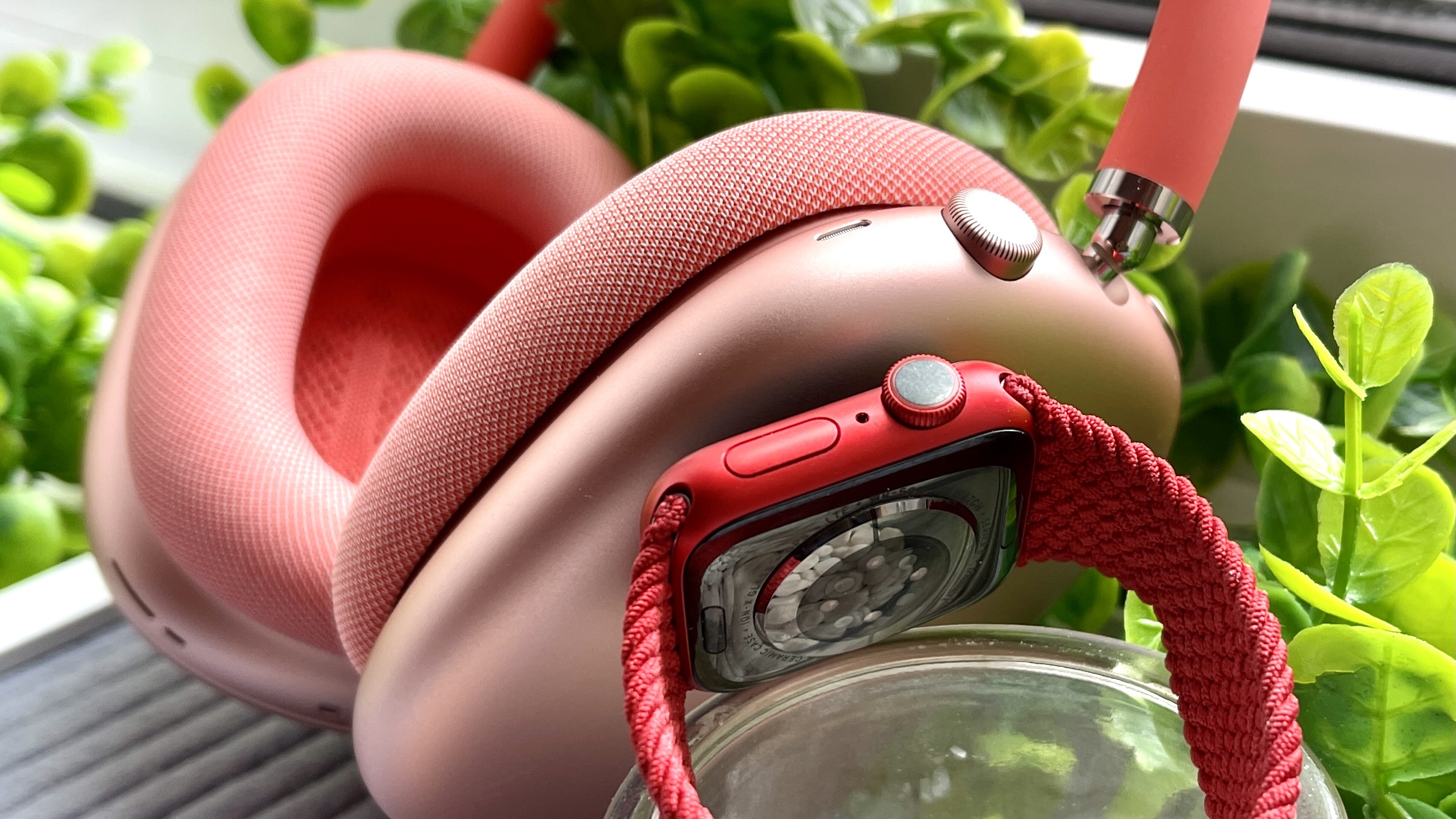
All AirPods models are designed to seamlessly connect with Apple devices. They’re also compatible with Android devices, though the pairing process is frustrating to say the least. The fact that Beats’ audio products are optimized for both iOS and Android use makes this even more aggravating.
So, why hasn’t Apple employed Beats’ proprietary technology to make the latest AirPods releases platform-neutral? That’s a solid question – one that we’re not holding our breath for Apple to answer.
Beats’ processor supports a few Android features (e.g., Fast Pair, Find My Device) and multipoint to pair to two Bluetooth audio sources simultaneously. Adopting this CPU’s wireless capabilities would boost the AirPods Max 2’s connectivity and make them the most versatile AirPods ever.
3. Welcome new sound architecture
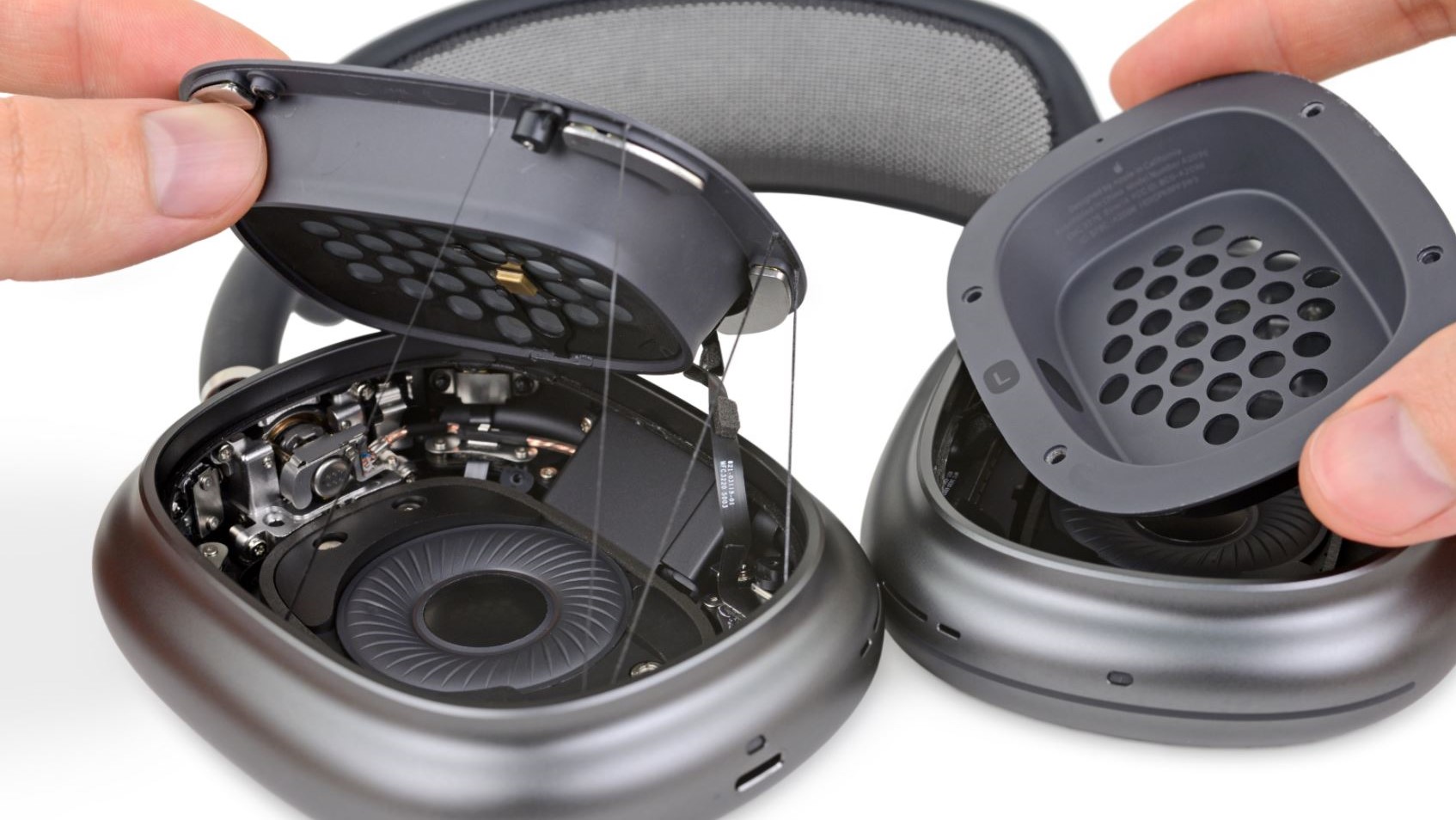
Audio on the first-gen AirPods Max was fine. Could it have been better? Absolutely. Expectations are that Apple will refine its soundstage for the AirPods Max 2. What we really want is a brand-new driver system with a higher frequency range. Sonic improvements would be audible across all media formats (e.g., audiobooks, games, movies, music, podcasts).
The AirPods Pro 2’s latest sound features are a given, like Adaptive Audio, which blends ANC and Transparency modes together to deliver optimal performance. Both noise-canceling modes can be tweaked to complement Apple’s other sound technologies (i.e., adaptive EQ, Personalized Spatial Audio).
Next is lossless audio. Apple added this to the refreshed AirPods Max via USB-C connector. As surprisingly good as it performs, listeners don’t want to be tethered to their iPhone to hear high-quality sound.
Many of the best wireless earbuds and best wireless headphones support hi-res codecs that stream music at high bitrates over Bluetooth and reveal more nuance in recordings. Can we finally get ALAC over Bluetooth, Apple?
4. Revamp the design without compromising flair
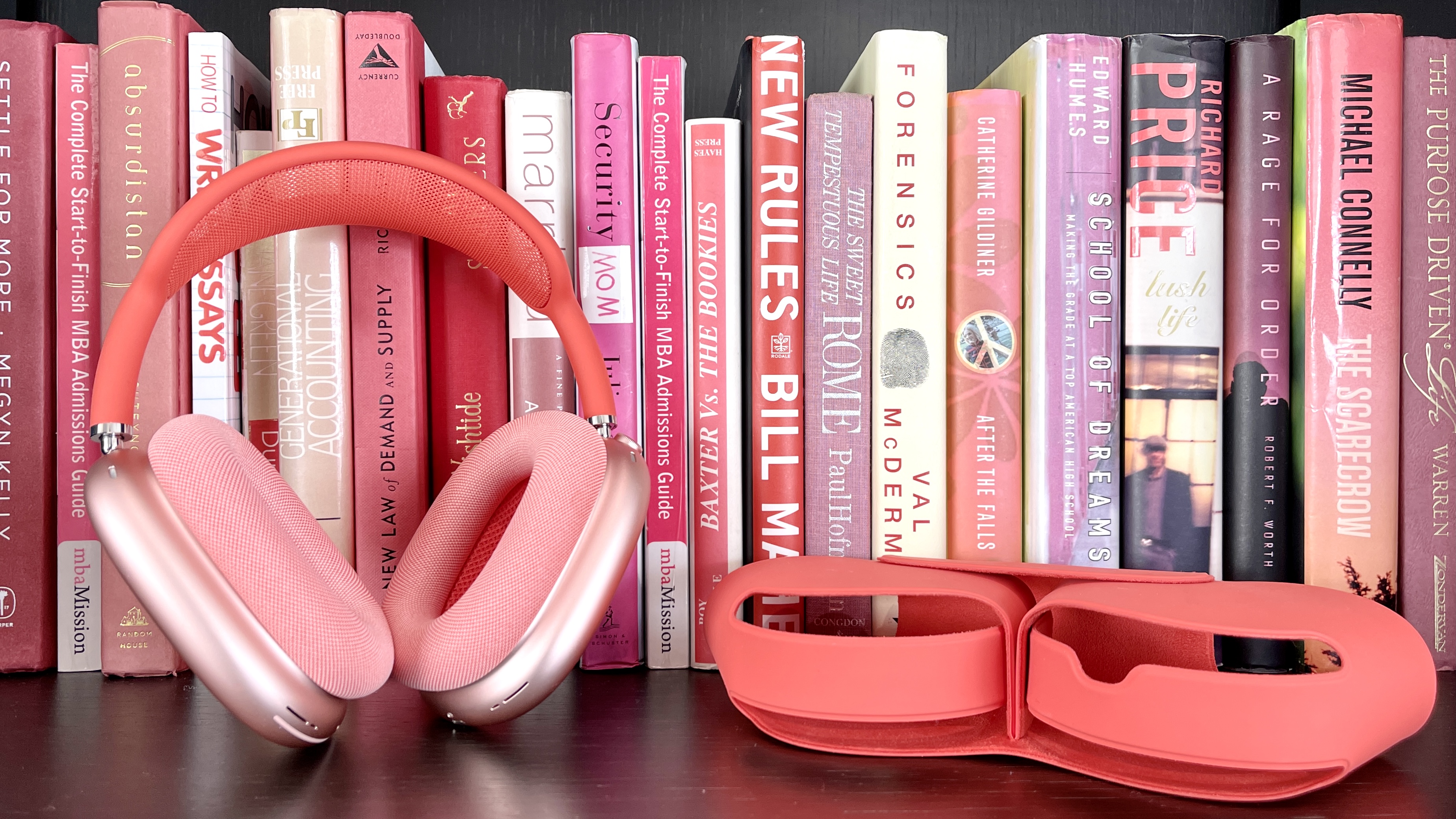
The original AirPods Max are beautiful headphones that embody Apple’s design ethos of simple, sleek, and stylish. If only they weren’t so flawed structurally. Not crafting the earcups to fold inward for convenient storage was a huge mistake.
Owners still complain about water condensation around the inner drivers. The mesh material sags over time, which decreases tension and causes the metal bands to rest unpleasantly on the skull. And don’t get us started on the purse-inspired Smart Case that provides little-to-no protection.
Apple doesn’t need to redesign its flagship headphones from scratch. Much of their appearance can remain intact. However, all previously mentioned issues need be addressed on the AirPods Max 2.
Apple should also allow for more personalization. We’re not just talking engravings. Think swappable earcup shells and headbands to form cool two-tone colorways. A new carry case that resembles the iPhone’s premium aesthetic and showcases the headphones handsomely on the inside would be greatly appreciated as well.
5. Make spatial audio universal
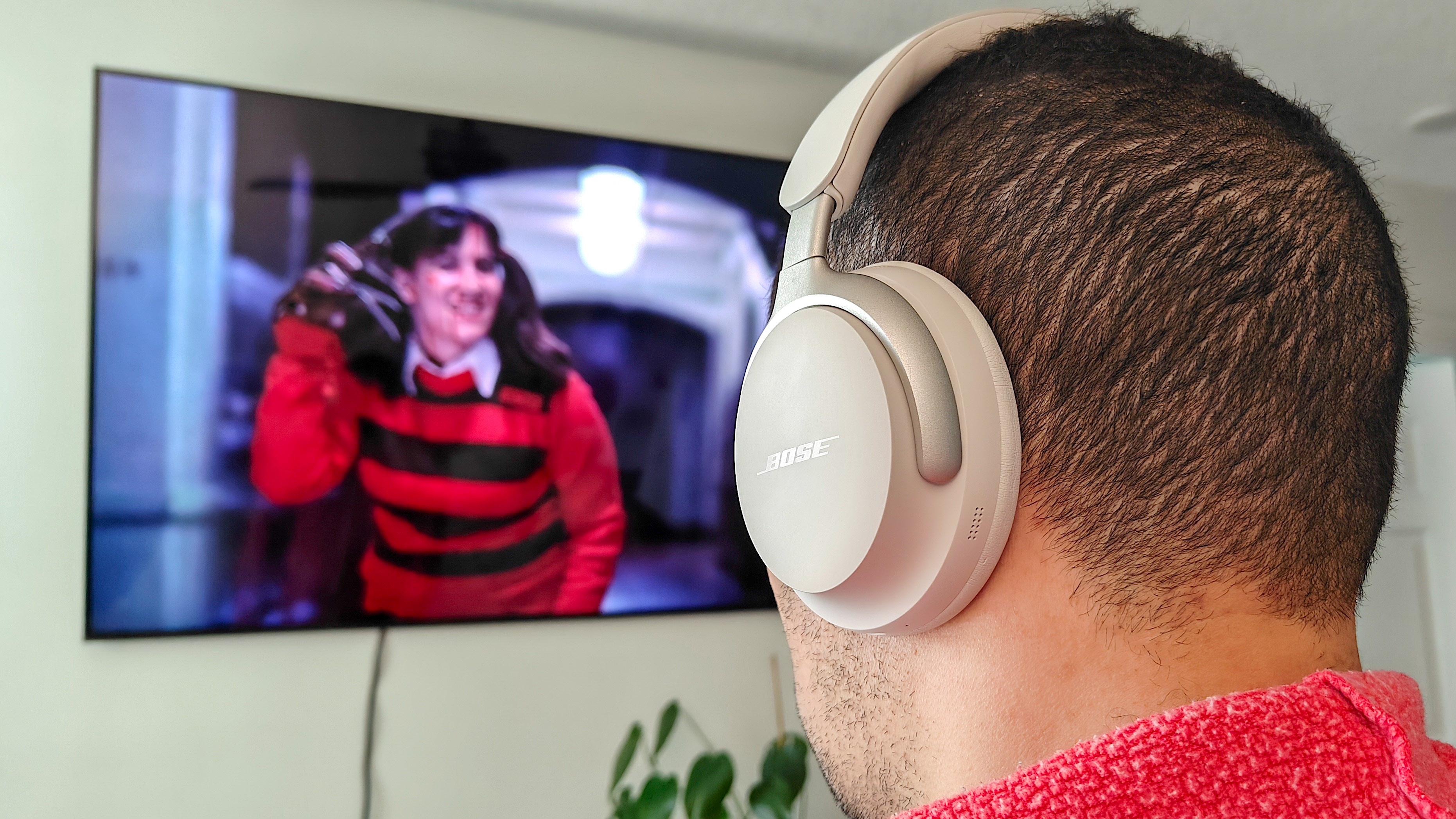
Apple’s 3D audio format has been a huge advancement in the wireless audio space and it has inspired several of the industry’s top legacy brands to create their own versions. Well, the competition has caught up. Hence why Apple must make its spatial audio available across all platforms.
The feature is practically a standard on today’s wireless headphones. A handful of rivals, particularly Bose, have superior alternatives, and some of these formats work with all stereo content. Meanwhile, Apple’s version is restricted to 5.1/7.1 surround sound and Dolby Atmos on Apple Music.
First, get more non-Apple users familiar with Personalized Spatial Audio. Then figure out how to optimize the feature for all platforms and the best music streaming services. This will heighten the listening experience on the AirPods Max 2.
Follow Tom’s Guide on Google News to get our up-to-date news, how-tos, and reviews in your feeds. Make sure to click the Follow button.

